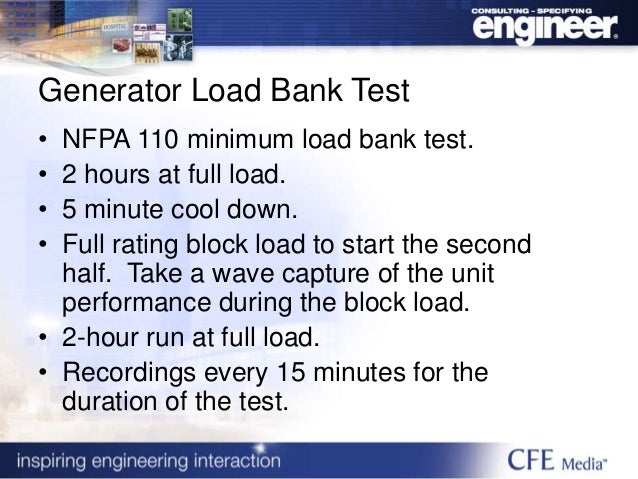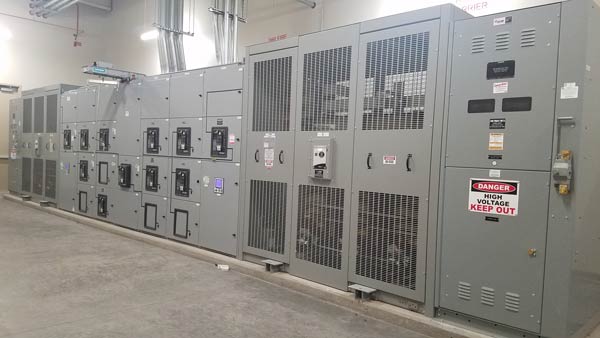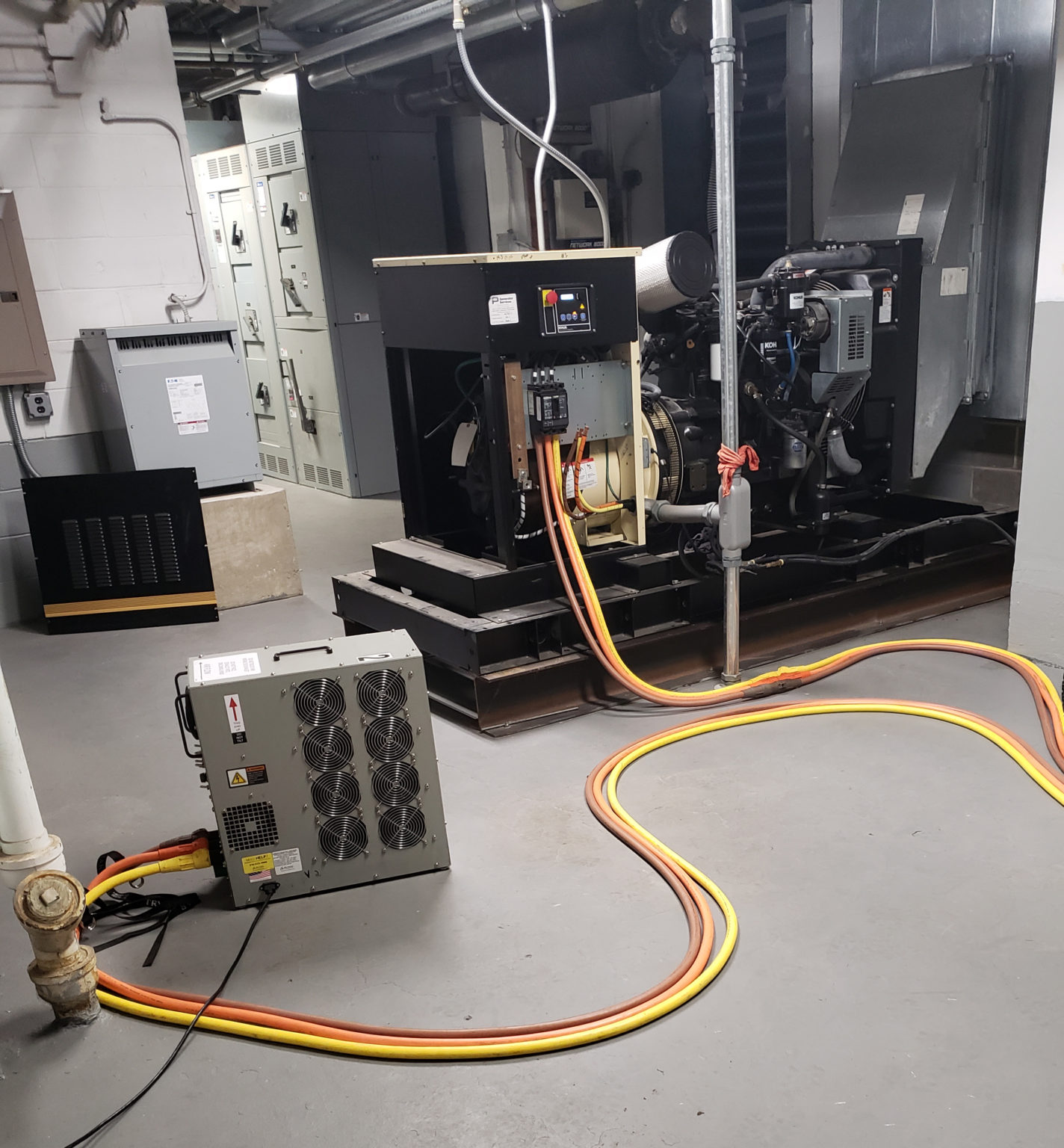Nfpa 110 4-hour Load Bank Test
The NFPA 110 4-hour load bank test is a critical component of emergency and standby power systems. This test ensures that generators can perform at their highest capacity during an extended power outage and that they are ready to provide power when needed most. In this article, we will dive into the details of the NFPA 110 4-hour load bank test, its targets, and its importance in emergency power systems.
Pain Points
The idea of a power outage can be terrifying, especially if it continues for an extended period. For facilities that require constant power, such as hospitals, data centers, and communication centers, downtime is not an option. To keep things running, backup generators need to be in perfect working condition. Without proper maintenance and testing, generators can fail, resulting in further complications. This is where the NFPA 110 4-hour load bank test comes into play.
Target of the NFPA 110 4-hour Load Bank Test
The primary target of the NFPA 110 4-hour load bank test is to verify that the generator system works correctly as a whole and meets the load requirements. Load bank testing involves loading the generator's engine and checking its performance to ensure that it meets the manufacturer's specifications and operates at peak efficiency. The test also helps to identify potential issues and correct them before they become major problems.
Summary
In summary, the NFPA 110 4-hour load bank test is an essential component of an emergency power system that ensures that the generator can provide power for an extended period. The test targets the generator, engine, and supporting systems to ensure that they are working efficiently and that they meet the required performance standards.
The Importance of NFPA 110 4-hour Load Bank Test
The NFPA 110 4-hour load bank test is significant because it helps to keep generators in optimal condition and avoids potential problems that can arise from a long power outage. A personal experience we had with a client was when their generator failed to operate when the power went out, and their business operations went down. The failure was a result of a lack of maintenance and load testing, which resulted in the generator failing to perform when needed most.
Load bank testing is essential as it validates the generator's power capacity and efficiency and ensures that the engine can deliver power when it is needed most. It also helps to identify issues that may affect the performance of the generator, enabling maintenance personnel to correct them before they turn into significant challenges.
Benefits of the NFPA 110 4-hour Load Bank Test
The benefits of the NFPA 110 4-hour load bank test are numerous. Firstly, it gives facility managers peace of mind knowing that their generators are in good working condition and can supply power when required. Secondly, it helps to minimize the risks associated with downtime and ensures business continuity. Thirdly, it enhances the generator's lifespan by identifying and fixing potential issues. Lastly, the test helps to maintain compliance with industry standards.
How to Conduct an NFPA 110 4-hour Load Bank Test
Conducting an NFPA 110 4-hour load bank test involves loading the generator to its full output capacity to verify its performance. The test should follow the manufacturer's specifications and NFPA codes and standards. During the test, maintenance personnel should check the generator's voltage, frequency, and amperage readings to ensure they meet the manufacturer's specifications. After completing the test, they should inspect the generator and perform any necessary maintenance and repairs.
Conclusion
Overall, the NFPA 110 4-hour load bank test is a crucial component of emergency power systems that helps to ensure that backup generators can perform when needed most. It is essential to follow manufacturer specifications and industry standards while conducting the test to ensure that the generators are working efficiently and meet the required performance standards. With regular testing, facility managers can rest assured that their generators are in optimal working condition and that downtime is less likely to occur.
Q&A Section
1. How often should an NFPA 110 4-hour load bank test be conducted?
In general, NFPA 110 requires a monthly visual inspection and an annual load bank test.
2. What is the purpose of a load bank test?
The purpose of a load bank test is to verify that the generator can perform at its maximum capacity and meet the load requirements.
3. What happens if a generator fails the load bank test?
If a generator fails the load bank test, necessary repairs and maintenance should be performed to correct the issues and ensure that the generator can operate efficiently when needed.
4. Can an electric load bank damage a generator?
If an electric load bank is used correctly, it is unlikely that it will damage the generator. However, it is crucial to follow the manufacturer's specifications and industry standards to avoid any potential issues.
Gallery
Buy NFPA 110, Standard For Emergency And Standby Power Systems

Photo Credit by: bing.com / nfpa 110 standard standby emergency systems power pdf
Critical Power: Generators And Generator System Design

Photo Credit by: bing.com / nfpa generators critical
NFPA 4 Hour Loadtest - Generator Help Online

Photo Credit by: bing.com /
Consulting - Specifying Engineer | The Role Of NFPA 110 And Its

Photo Credit by: bing.com / codes interaction nfpa role other its linkedin email twitter
What's Inside NFPA 110 Chapter 8 - P3 Generator Services

Photo Credit by: bing.com / nfpa banking
0 Response to "Nfpa 110 4-hour Load Bank Test"
Post a Comment